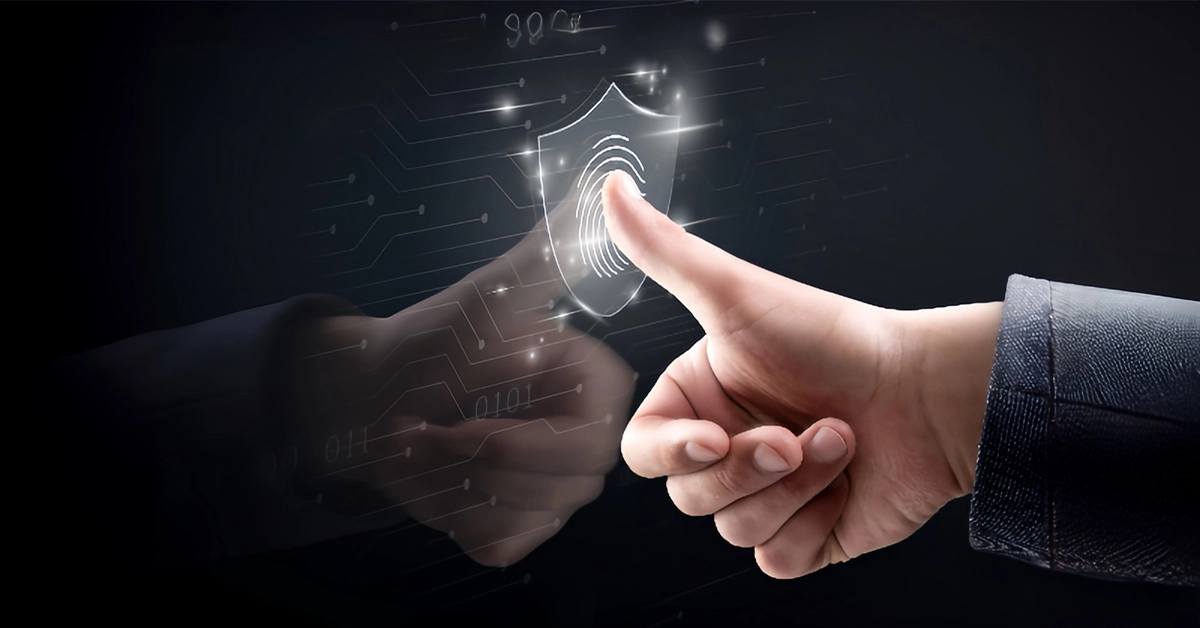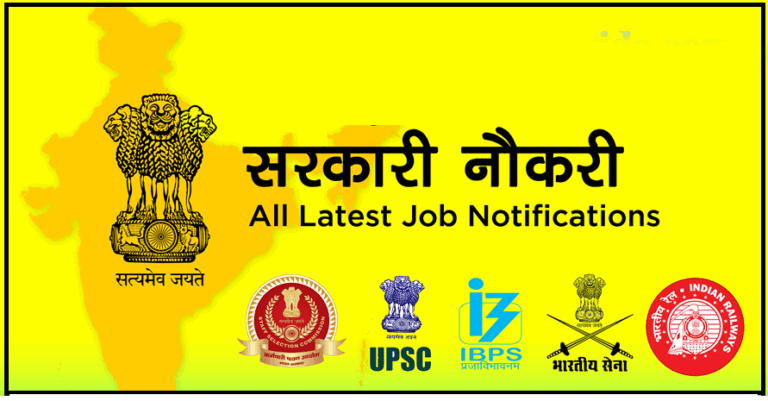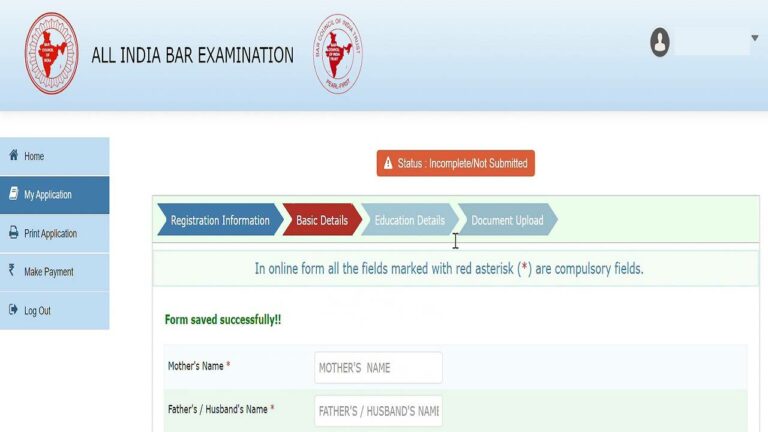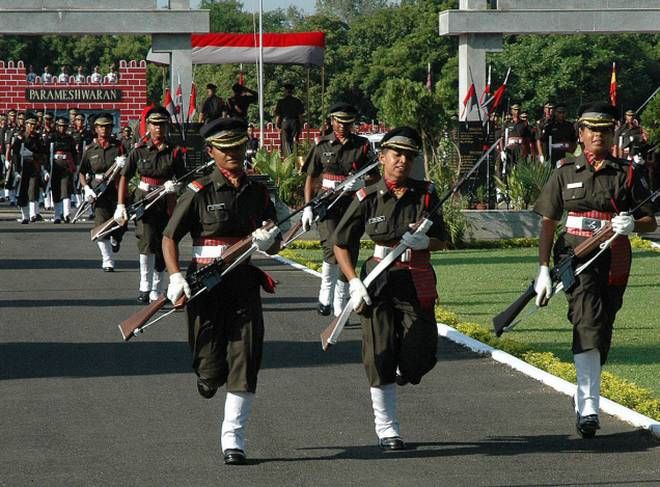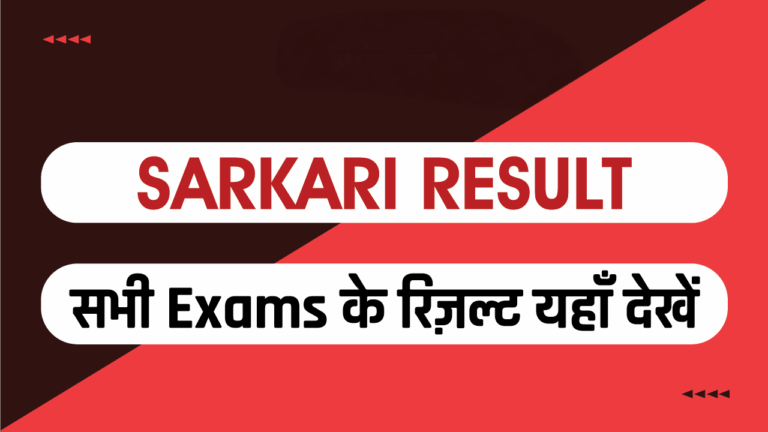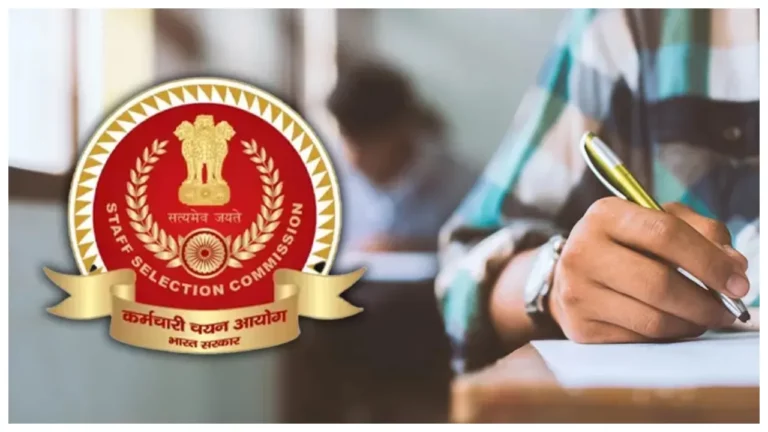How Biometric Verification Can Impact Your Sarkari Exam Final Result
In recent years, biometric verification has become a significant part of the recruitment process for various government exams across India. As exams evolve to maintain transparency and prevent malpractice, understanding how biometric verification affects your Sarkari Result is more important than ever.
This guide explains the role of biometric verification in Sarkari exams, its impact on results, the benefits and challenges involved, and how candidates can stay prepared to ensure a smooth experience.
What Is Biometric Verification?
Biometric verification is a security process that uses an individual’s unique biological traits—such as fingerprints, facial recognition, or iris scans—to confirm identity. In the context of Sarkari exams, this process is introduced to ensure that the person who registered for the exam is the same individual appearing for it.
The Staff Selection Commission (SSC), UPSC, RRBs, and several state-level recruitment boards have started implementing Aadhaar-based biometric systems in their examination processes. These steps are intended to strengthen the authenticity of candidates and improve the fairness of the selection process—ultimately impacting the final Sarkari Result.
Why Is Biometric Verification Being Introduced in Sarkari Exams?
There have been growing concerns about impersonation and identity fraud in competitive exams. To address this, biometric verification is now being used to:
- Prevent impersonation by confirming a candidate’s real identity.
- Ensure a single candidate does not appear for multiple exams using different names.
- Create a more secure and tamper-proof exam process.
- Maintain fairness and equality among all aspirants.
As the number of applicants continues to grow, especially in high-stake exams where lakhs of students await their Sarkari Result, biometric verification ensures that only genuine candidates are shortlisted.
How Does Biometric Verification Work in Exams?
Biometric authentication is used at different stages of the recruitment process:
- During Application: Some exams may ask candidates to upload fingerprints or facial scans during the registration process.
- On Exam Day: At the exam centre, candidates are asked to verify their fingerprints or facial features before being allowed entry.
- During Interviews or Document Verification: Additional biometric checks are done to ensure continuity of identity throughout the recruitment stages.
If the biometric data provided at any stage does not match the registered records, the candidate may be disqualified, directly affecting their Sarkari Result.
Impact on Your Sarkari Result
The introduction of biometric verification can directly influence your final Sarkari Result in the following ways:
1. Disqualification for Identity Mismatch
Candidates whose biometric data fails to match at the time of verification may not be allowed to appear for the exam or may be disqualified during result processing—even if they have performed well.
2. Delays in Result Processing
If technical issues or mismatches are reported, the processing of results may be delayed for affected candidates. This can lead to stress and confusion during the declaration of the Sarkari Result.
3. Improved Transparency
While there may be initial challenges, biometric systems ultimately enhance the credibility and trust in the Sarkari Result process by ensuring that every selected candidate has cleared all verification checks fairly.
Common Challenges and Concerns
Although biometric verification offers several advantages, it also comes with a set of challenges that candidates must be aware of:
- Technical Glitches: Devices may malfunction or fail to read data accurately.
- Privacy Issues: Candidates may worry about the storage and misuse of personal biometric data.
- Disability & Accessibility: Some candidates with medical conditions or disabilities may face difficulty during biometric scans.
- False Rejections: Environmental factors like dust, injuries, or worn fingerprints may cause false mismatches.
These challenges can affect a candidate’s chance to appear in the exam and, consequently, their Sarkari Result.
How to Prepare for Biometric Verification?
To avoid complications during biometric checks, follow these simple yet important steps:
- Keep Aadhaar and Other ID Documents Ready: Ensure that your documents are updated and consistent with your exam application.
- Avoid Injuries to Fingerprints: Take care of your hands before the exam to avoid any biometric mismatch due to damaged fingerprints.
- Reach the Exam Centre Early: Arriving early allows time to handle any unexpected issues during the verification process.
- Stay Calm and Follow Instructions: Biometric checks are quick and easy when done correctly. Stay calm and cooperate with the officials.
By taking these precautions, you can ensure that your biometric verification does not interfere with your Sarkari Result.
Final Thoughts
Biometric verification is transforming the way Sarkari exams are conducted in India. While it brings much-needed security and fairness to the examination process, it also requires candidates to be informed and prepared.
Whether you are preparing for SSC, UPSC, Banking, or state-level recruitment exams, your understanding of biometric verification can make a difference in the outcome of your Sarkari Result.
At SarkariResult247.com.in, we are committed to helping candidates stay updated with the latest exam practices, results, and application guidelines. Bookmark us for:
- Real-time Sarkari Result updates
- Easy access to marksheets and result links
- Reliable exam preparation guides
- Timely government job notifications
Stay ahead in your journey towards a successful Sarkari Result—stay informed, stay prepared.

